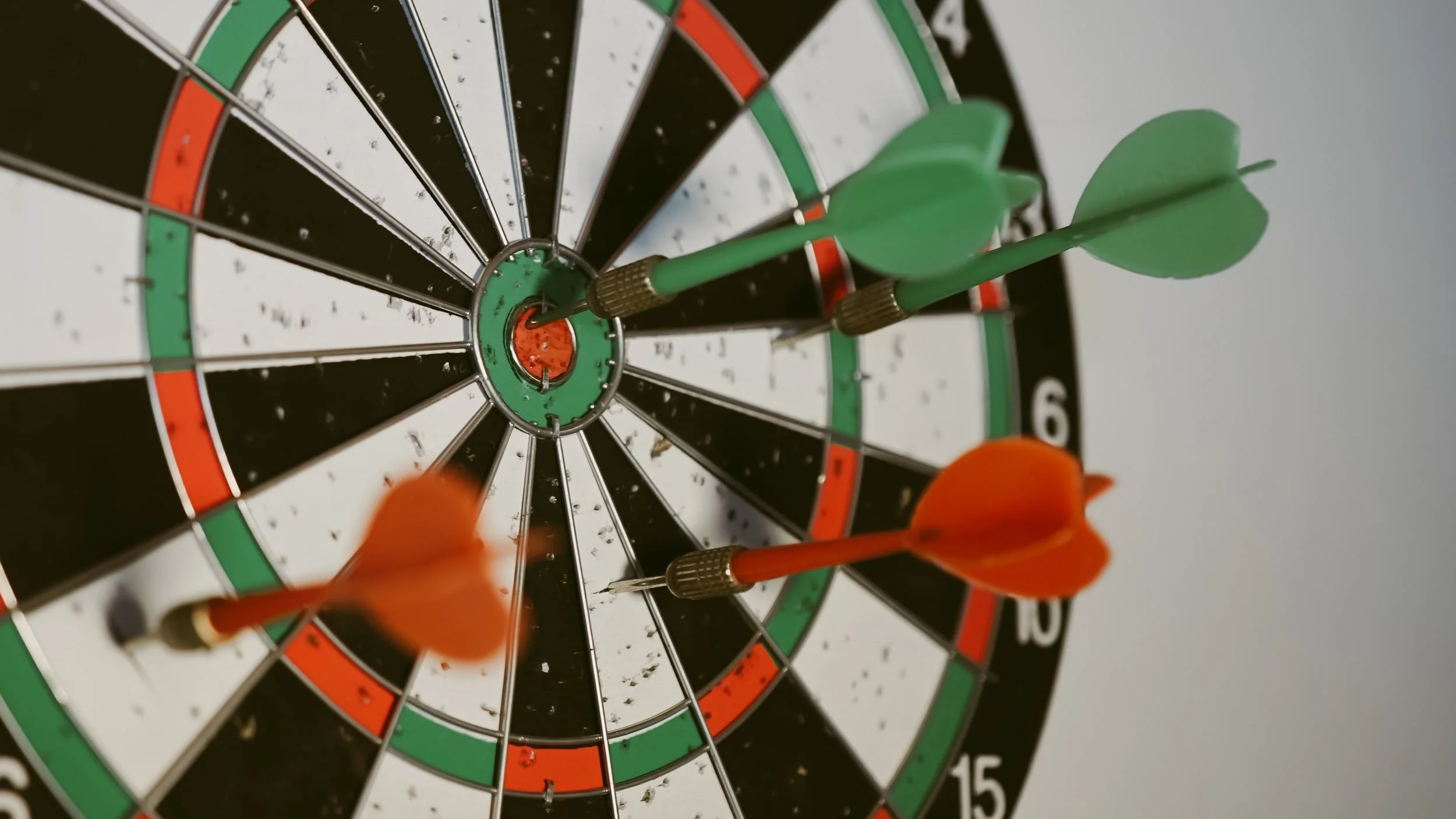How fast does muscle grow and how can you ensure optimal growth?
The topic of muscle growth is often misunderstood. Often athletes are under the impression that muscle gain is easy and simply lifting heavy will be enough to help them build muscle.
The truth is, it requires a lot of patience and strategy, one that includes nutrition planning and a lot of strength training.
While I cover energy balance and macronutrient strategies extensively in my other blogs, today I wanted to talk a little about the realities of actively building muscle and the do’s and don’ts of how to effectively create a stronger body and leaner physique.
This blog will cover what to expect when you’re actively building muscle but won’t go into detail as to whether sets, reps or weights are more important, for that particular subject visit this blog here Training for size vs training for strength.
What are the realistic rates of muscle gain?
Time and time again people tell me they want to gain 10lb of muscle and give themselves months to achieve this. Unfortunately these rates of muscle gain are very unrealistic. So exactly how fast can muscle grow? Well let’s look at the table below…
This figures represent muscle mass only not overall weight gain that might also include water and/or fat gain.
You’ll notice that the more experienced an athlete is, the slower that rate of gain will be. Why exactly is this? Well for starters, we all have a genetic limit to how much muscle we can actually build, next there is also the fact that untrained muscles grow much faster. Remember when you first started lifting weights you increased in weight fairly quickly but the longer you trained the harder those PR’s came? Same thing.
It’s also really important to note that these numbers are a rough guide only and different people will achieve results at different rates. How quickly you gain muscle depends on various factors such as your current body composition or how consistent you are. In addition to the above mentioned, leaner individuals usually have to work harder to see results as you are working with tighter parameters.
So what does it actually take to build muscle?
A good strategy…
Lots of food, heavy lifting and a clear nutritional plan. Below I’ll outline some of the things you need to include in your strategy.
#1. Plan your mesocycles out meticulously - One goal at a time.
It is possible to change your physique no matter what age you are. Take me as an example, what I was missing was clear and specific goals for a specific time frame. You see, you can’t have it all. You can’t build strength, speed, lose fat, build muscle and look lean all in one mesocycle. Unfortunately you can’t have your cake and eat it too and still stay sane. You can certainly try, but take my word for it, it won’t be fun and the process will take even longer.
To be clear, you can have it all, but not in the same cycle. What do I mean by this? Your training and nutrition (assuming you are entering cycles of cutting or bulking) should be structured into phases.
Pick one goal at a time and focus on that one thing.
Plan out each phase lasting somewhere between 8-12 weeks, stick to that plan, don’t waver and stick it out until the end.
If your primary goal is increasing PR and strength I suggest you focus on maintaining or entering a surplus. The most common mistake I see people make is panic after a plan doesn’t go well in 2 weeks and they change course ending up in a deficit and then a surplus and therefore not getting the benefits of either phase.
If your goal is to build muscle, eat more food. You will gain weight, that is the whole point, don’t panic, see it through until the end of the phase and then if you want to, enter a deficit after a long maintenance phase.
#2 Accept that there will be some fat gain.
Let me start by explaining that muscle mass is energy and energy has to come from somewhere, in this case it’s food. The combination of resistance or strength training and increased energy intake (specifically carbs) will help you build on that muscle.
Unfortunately, what this means is that some of the other aspects you might also find important become the sacrificial lamb (like staying lean), but in order to change, these are the things that have to be put on the back burner.
I’ll give you an example, 2 years ago, I embarked on my first 12 week bulk. My primary focus was to build muscle mass. In order for this to occur I had to change my training habits, nutrition plan, lose almost all my muscle definition, any gains I was making in my gymnastic ability, but what I gained was strength and some muscle, even if it was only a small amount.
#3 Plan ahead for your next phase.
Whilst my platform is mostly about performance, building strength and muscle, a good part of it is also about how to help athletes lose any unwanted fat, and because I know this is an important topic for many masters athletes, I understand that this needs some sort of mention.
Once you have entered a long surplus and you wish to lean out some of the fat that was gained during your building phase, you can then enter a deficit. Ideally you’ll want to “stick it out” for a while in a higher energy intake so that some of that muscle gain isn’t lost before reversing back into maintenance.
The goal here is not to just gain weight forever, it is to strategically gain muscle at a reasonable rate (well controlled with a good nutrition plan), whilst increasing your training load in order to see those gains.
When you’re planning out your mesocyles, understand well ahead of time exactly how long your phase will last, what your training will look like and when you will begin the reversing process.
#4 Include a maintenance phase.
Maintenance is perhaps the most underrated phase of any nutrition plan.
It doesn’t always have to be about cutting and building.
Once you’ve built some muscle and want to maintain that growth whilst working on your eating habits, you’re likely to only need a simple maintenance plan.
After a long phase of cutting or bulking its always a good idea to reverse back into maintenance to get the body back to homeostasis.
Plan this in at the end of every ‘cutting’ or ‘bulking’ phase and learn to sit in a maintenance for a few weeks. Don’t be tempted to hop on and off deficits.
Is it possible build muscle whilst in a deficit?
As mentioned earlier, this depends on many variables, but very unlikely within one mesocycle especially if you are already relatively “well trained” or an experienced lifter. The point is, each person is different, we all carry different amounts of excess fat which affects how much or how little muscle we can build or maintain during each phase. Science can be complicated and frustrating sometimes.
Takeaways
Building muscle is hard and requires patience and a great strategy that involves good nutrition and strength training.
The realistic rates of muscle gain are anywhere between 0.17%-0.75% of bodyweight per month for women, depending on how experienced you are as an athlete. For men it’s anywhere between 0.25%-1.5% of bodyweight again depending on how well trained you are.
Whether you want to lose fat or build muscle, you should focus on that one goal, give it 8 – 12 weeks, maintain for a bit then decide on your next goal. There is no point willy nilly hopping from one goal to another within weeks of each other because you feel you’re getting “too fat” in a bulk and “losing muscle” in a cut.
You have to accept these things will happen and commit to one individual goal, take it all the way through and then decide on your next phase.
The bottom line
Choosing when to cut and when to bulk is a personal choice but the more body fat you have, the harder it will be lean out, so if you feel like you are currently carrying a lot of fat, then perhaps a cut might be a better option. Conversely if you are slim in build, then it might be a good idea to build muscle before embarking on a cut, as it will be even harder to maintain muscle as a ‘hard gainer’.
Ultimately it is how you train, how you eat, and how you recover that is going to determine how quickly or slowly you reach your goals. If you can dial in the right training and nutrition for your body, then you’re on your way to success.
As always, I am here for a chat if anyone needs help determining which goals to build on first.





